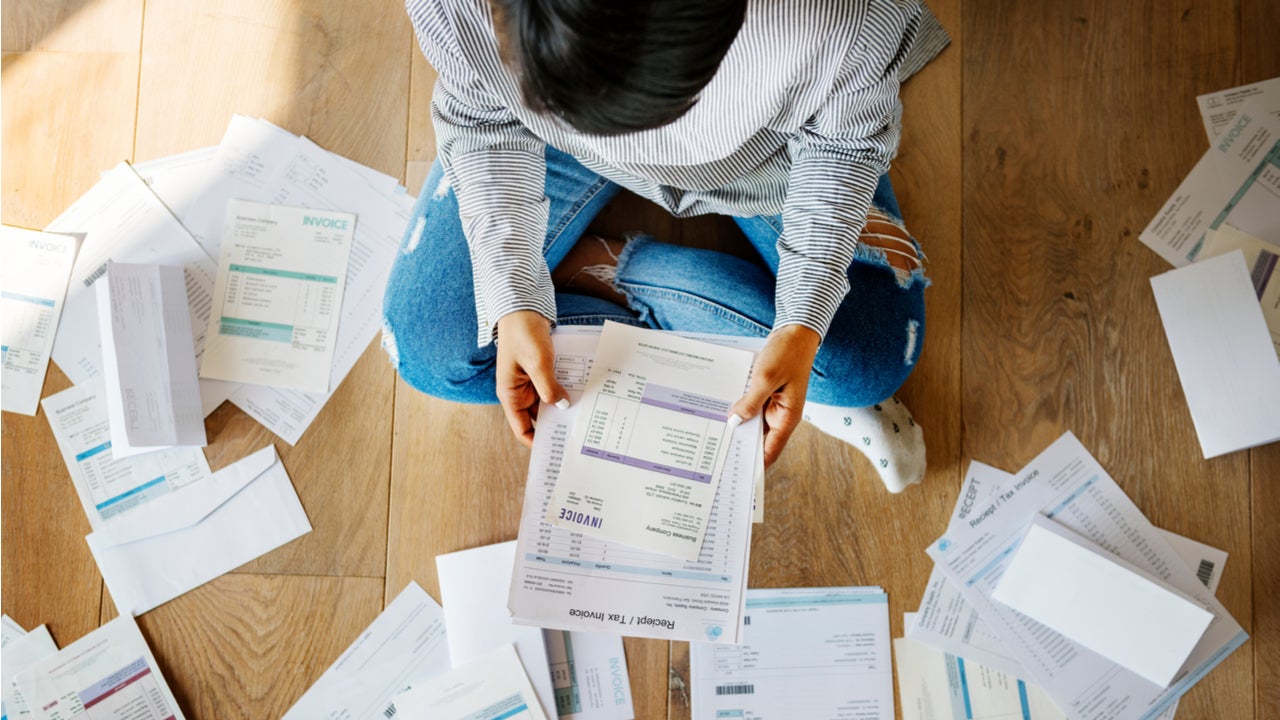Credit card debt plagues renters as eviction moratorium expires




While total credit card balances have fallen substantially during the COVID-19 pandemic, this big-picture improvement obscures some significant struggles at the household level. Many renters are caught in the crosshairs, and the situation could get much worse following the Supreme Court’s Aug. 26 ruling that invalidated the CDC’s eviction moratorium.
Money Management International (MMI), the nation’s largest nonprofit credit counseling agency, reports that about half of its recent counseling sessions have pertained to housing issues, up from roughly one in four prior to the pandemic. Renters who have reached out to MMI for help in 2021 have amassed an average of nearly $25,000 in credit card debt, stated Michelle Jones, the agency’s Chief External Affairs Officer. In 2019, the average was approximately $3,000. This indicates many have run up substantial living expenses on their credit cards as they have fallen behind on their housing bills.
For context, the national average credit card balance is $5,313, according to Experian. Slightly more than half of active credit cardholders carry balances from month to month, the American Bankers Association says. And this is very expensive debt; Bankrate pegs the average credit card interest rate at 16.21 percent.
Multiple crises are colliding
Some 11.4 million U.S. adults were behind on their rent payments as of late June and early July, a Center on Budget and Policy Priorities survey revealed.
The pandemic is making a comeback, fueled by the Delta variant. The seven-day moving average of new U.S. COVID cases was 153,245 on Sept. 1, as measured by the CDC. That far surpassed the seven-day moving average (88,047) recorded exactly one month earlier.
While total credit card balances were 15 percent lower in the second quarter of 2021 compared with the fourth quarter of 2019, per the New York Fed, MMI’s experiences showcase how this improvement has not been shared equally by all Americans.
A deeper dive into this Bureau of Labor Statistics data uncovers a similar trend: the broad improvements hide the fact that not everyone is faring better—not by a long shot.
The unemployment rate peaked at 14.7 percent in April 2020 and has dropped down to 5.4 percent as of July 2021. While that’s substantial progress, the unemployment rate is still higher now than it was before the pandemic. In February 2020, unemployment was just 3.5 percent. This means the number of unemployed Americans has risen from 5.7 million in Feb 2020 to 8.7 million in July 2021, and that doesn’t even include those who have stopped looking for work for various reasons.
The labor force participation rate, which includes workers and people who are actively seeking employment, has fallen by 1.6 percentage points during the pandemic.
What to do if you’re struggling
While Congress designated more than $45 billion in rental assistance in late 2020 and early 2021, the rollout has been bumpy and most of these funds remain unspent. The Consumer Financial Protection Bureau has a helpful list of rental assistance programs available to tenants and landlords. Certified housing counselors such as Money Management International can help as well. The end of the CDC’s eviction moratorium should create some more urgency to distribute this aid. (By the way, some cities and states still have eviction moratoria in place, so read up on your area’s policies.)
If you have good credit but have accumulated some debt, consider signing up for a 0 percent intro balance transfer credit card. Pausing the interest clock for up to 20 months can save you a lot of money. Just make sure you’re making progress—you shouldn’t view this as a shell game to move debt from one card to another, only to end up right back where you started. Finding ways to increase your income or decrease your expenses can turbocharge your debt payoff strategy.
For those with lesser credit, or even if your credit score is solid but you need a little extra push in the right direction, reputable nonprofit credit counseling agencies such as MMI can be tremendously helpful. In addition to providing excellent advice that’s tailored to your individual situation, they can negotiate lower rates with your creditors and consolidate your monthly bills into a single payment that you can afford. A common scenario is something like a four-year payback period with a 7 percent interest rate. Those figures are similar to the personal loan terms available to people with good credit, but accessible to a much wider audience.
Finally, while the window to appeal for goodwill may have lapsed—if you’re behind on your bills, there’s only so much time you can buy from a landlord, credit card issuer or other creditor—I still think communication is a good idea. Don’t ignore the problem. At the very least, acknowledge that you’re behind and propose a solution. Consider asking for more time to pay them back, a lower interest rate or another break.
If nothing else, keep the lines of communication open. Hiding isn’t the answer. Confront the issues head-on before you get sued or backed into a corner where bankruptcy and eviction are your only answers. Getting out of debt isn’t easy, but it is possible. Don’t be afraid to ask for help along the way.
Have a question about credit cards? E-mail me at ted.rossman@bankrate.com and I’d be happy to help.




